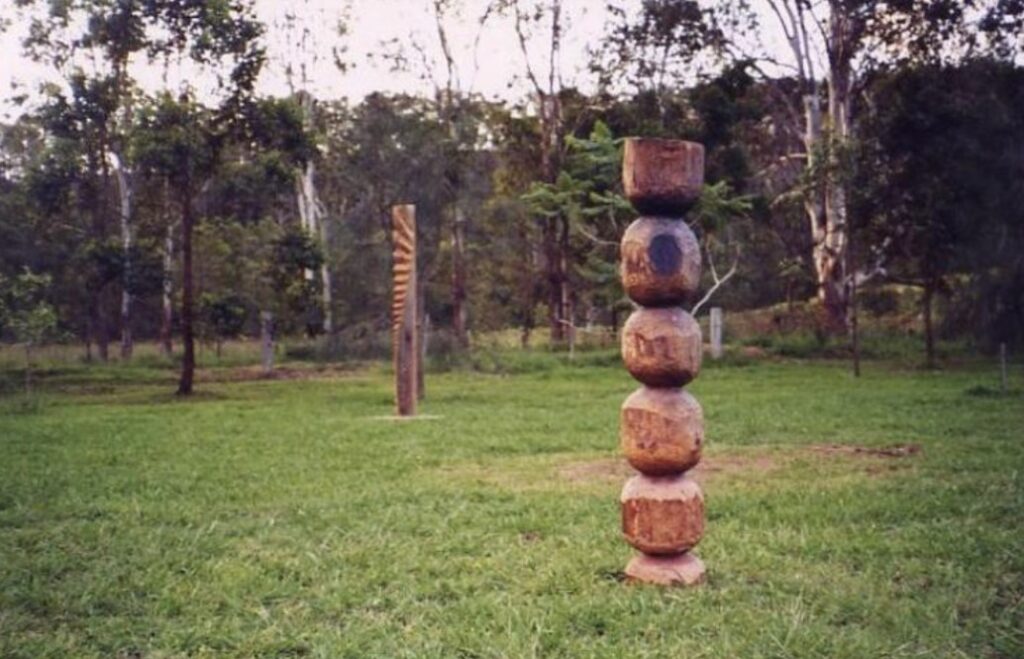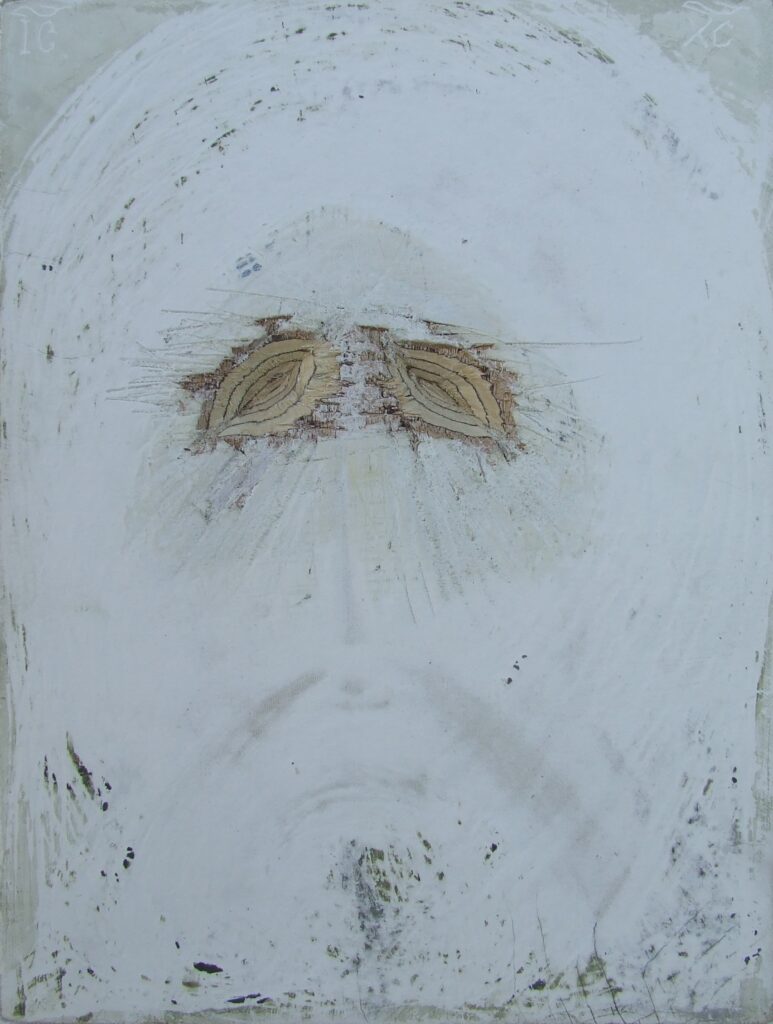by Dr Vassilis Adrahtas , Greek City Times
Throughout its long history Orthodoxy has been linked – or, better, infused – with ethnicity; and this for multiple reasons. In the case of the Greeks, for instance, ethnicity found in Orthodoxy its best possible booster over against Western/Latin challenges; whereas, in the case of the Slavs, one can properly speak of their ethnic determination only through and thanks to Orthodoxy.
Up to this point things are perhaps understandable and tolerable, but when the ethnic element turns into a hierophanic reality itself and the consciousness of this or that Orthodox people becomes focused primarily and basically on their ethnicity instead of their ecclesiality, then things start getting nasty.
The extreme scenario of this phenomenon is known as ethnophyletism, a development that the Orthodox Church denounced as a heresy in the late 19th century. Nevertheless, nearly all Orthodox people have more or less fallen prey to this insidious spiritual monster during the modern period, which makes one wonder if there is anything that can break the vicious circle, so to speak, between the propensity for ethnicity in Orthodoxy and the role of Orthodoxy in the historical construction of ethnicity.
Considering the circumstances of the Orthodox Church in Australia, I think that this vicious circle can be broken via the power of Indigeneity, without that implying that the latter can work as a solution in each and every context – but it can, I believe, serve as an indication of possible solutions.
The Ethnic Colours of Orthodoxy in Australia
In Australia the ethnic colours of Orthodoxy have kept the Church rather disjointed – if not disunited – and to a great extent parochial and ultimately introverted. To be sure, there has been a reason for all this; not a theological one but still significant: the need to secure ethnic identity as historical memory and continuity. Thus, the faithful of this or that ethnic Orthodox Church/ jurisdiction devoted themselves – through their respective priestly hierarchies – to being Churches of ethnic/cultural perpetuation through marriages, baptisms, and memorial services.
The result of this has been undoubtedly a colourful Orthodoxy but hardly any genuine Orthodox witnessing – and even less a convincing Australian version of Orthodoxy. Perhaps the most compelling reason for the absence of a genuine Orthodox witnessing has been the fact that the Orthodox Church in Australia has been too much Greek, too much Russian, too much this or that, and not at all Australian.
But what does it mean for Orthodoxy to be Australian? What would Australian Orthodoxy look like? How could that take place and in what way would it cleanse Orthodoxy from its ethnic obsessions?
For Orthodoxy to be Australian it means to be of and about the Australian Land; and there is only one way in which I could visualise Australian Orthodoxy: Indigenous, Aboriginal, Black, Dreaming-like! To realise this of course our Church needs to engage (with) Indigenous Australians, either by appealing to them as a new invigorating pool of faithful or by learning from them as the privileged embodiments of the Land. Then the overcoming of ethnic limitations would simply be a matter of time.


Australian Orthodoxy shouldn’t just be a geographical designation.
Although the Church as such is to be understood, strictly speaking, as being in Australia – as it could be in any other place in the world – at the same time it enfleshes the local in a unique eschatological manner. This means that in each and every place the Church is supposed to bring out those qualities of the place that lend themselves to the best possible imagining of the abundance and the truth of life in the Kingdom of God.
In the case of Australia this abundance and truth can only be captured in the life of the Church when the latter is of and about the Australian Land or, better, of and about the distinct yet co-inhering places all over Australia. But to be honest, how many things in the Orthodox Church remind you of the Australian Land, its fauna and flora, its topography or ancestral memories? How many Indigenous words or phrases echo in your ears after an Orthodox service? Is there anyone in our Church that dreams of the Heavenly Kingdom in colours, shapes and sounds that reflect the multiple Indigeneity of the Australian space-and-time?
The answer, ostensibly, is ‘no’, for our Church never reached out to the Indigenous communities, never made space for the Indigenous within its ethnic enclave, never confronted its deep-rooted yet un-ecclesial spirit of exclusivity…

Finding a Mode of Belonging
Here one might raise an objection: Since Australia has been formed for almost two and a half centuries now as a multi-ethnic national entity, why does a prospective Australian Orthodoxy need to be specifically Indigenous, Aboriginal, Black, and Dreaming-like? Wouldn’t it be equally possible for an Australian version of Orthodoxy to be much more inclusive by being multi-ethnic and, by extension, Indigenous?
It goes without saying that the Orthodox Church in Australia should become more and more multi-ethnic, but that’s the general condition in the Diaspora and not something characteristic of Australia. If Orthodoxy is going to present a distinctive and genuine Australian hypostasis, then by necessity, so to say, it must find a mode of belonging not just to its age-long historicity but also to the age-long facticity of the Australian topology and topography. It’s through and thanks to the Indigenous elements that Orthodoxy will become truly rooted in and reflective of the Land, and thus in a position to refer the latter to an iconic Land-to-Come. Moreover, if Orthodoxy in Australia doesn’t manage to dream its way through the Indigenous communities and landscapes, along with their stories and sites, it ultimately won’t be able to make the difference that is required in order to pave the way for experiencing the Kingdom of God.
To be sure, nothing of what I have already mentioned can take place without the agency of Indigenous Australians. As long as our Church remains a Church of migrants and their descendants; as long as our Church does not open up to Indigenous people as the most promising force of spiritual invigoration and the privileged embodiments of a sacro-scape that is yearning not only for its historical restoration but also for its existential justification; as long as our Church does not engage truly in a process of knowing Indigenous people and getting to know from them in crucial ways, we will go on living in our own historical matrix, perpetuating its merits and of course its problems. Indigeneity has to start coming in and pervade our iconography, our music, our sermons, our theological discourse, our ways of thinking and behaving.
If it is true that the Church realises itself through mission, then we are still in the initial stages of our Church-becoming as Orthodox Christians in Australia, despite all our achievements in this or that worldly domain. If only we could realise this! It would be a major and decisive step towards our eschatological faithfulness to the calling of the Gospel, for it would allow us to concentrate on the ‘one thing [that] is needful’ (Luk. 10: 42).
Overcoming Ethnic Limitations in the Orthodox Church
The overcoming of ethnic limitations in the Orthodox Church could be done through the inclusion of as many ethnic identifications as possible. In other words, we could combat the negative aspects of Greek, Serbian, Russian or, let’s say, Georgian exclusivity by accommodating all of them in the everyday life of the Church. But I reckon that such a solution – undoubtedly a positive step in itself – would prove to be useful only in the medium term, since it would not have challenged the basis of the whole issue, which is none other than the vicissitudes of history.
To put it differently, if we were to effectively combat the ecclesial absolutisation of ethnicity we would need something that would make us autonomous over against our own historicity. This is where the Land-based experience of Indigenous Australians comes in; this is where the hierophanic potentialities of Place present themselves as the much-promising counterbalance we have been longing for…
ABOUT | INSIGHTS INTO GLOBAL ORTHODOXY with Dr Vassilis Adrahtas
"Insights into Global Orthodoxy" is a weekly column that features opinion articles that on the one hand capture the pulse of global Orthodoxy from the perspective of local sensitivities, needs and/or limitations, and on the other hand delve into the local pragmatics and significance of Orthodoxy in light of global trends and prerogatives.
Dr Vassilis Adrahtas holds a PhD in Studies in Religion (USyd) and a PhD in the Sociology of Religion (Panteion. He has taught at several universities in Australia and overseas. Since 2015 he has been teaching ancient Greek Religion and Myth at the University of New South Wales and Islamic Studies at Western Sydney University. He has published ten books. He has extensive experience in the print media as editor-in-chief, and columnist, and for a while he worked as a radio producer. He lives in Sydney, Australia, his birthplace.


Δεν υπάρχουν σχόλια:
Δημοσίευση σχολίου
Σημείωση: Μόνο ένα μέλος αυτού του ιστολογίου μπορεί να αναρτήσει σχόλιο.